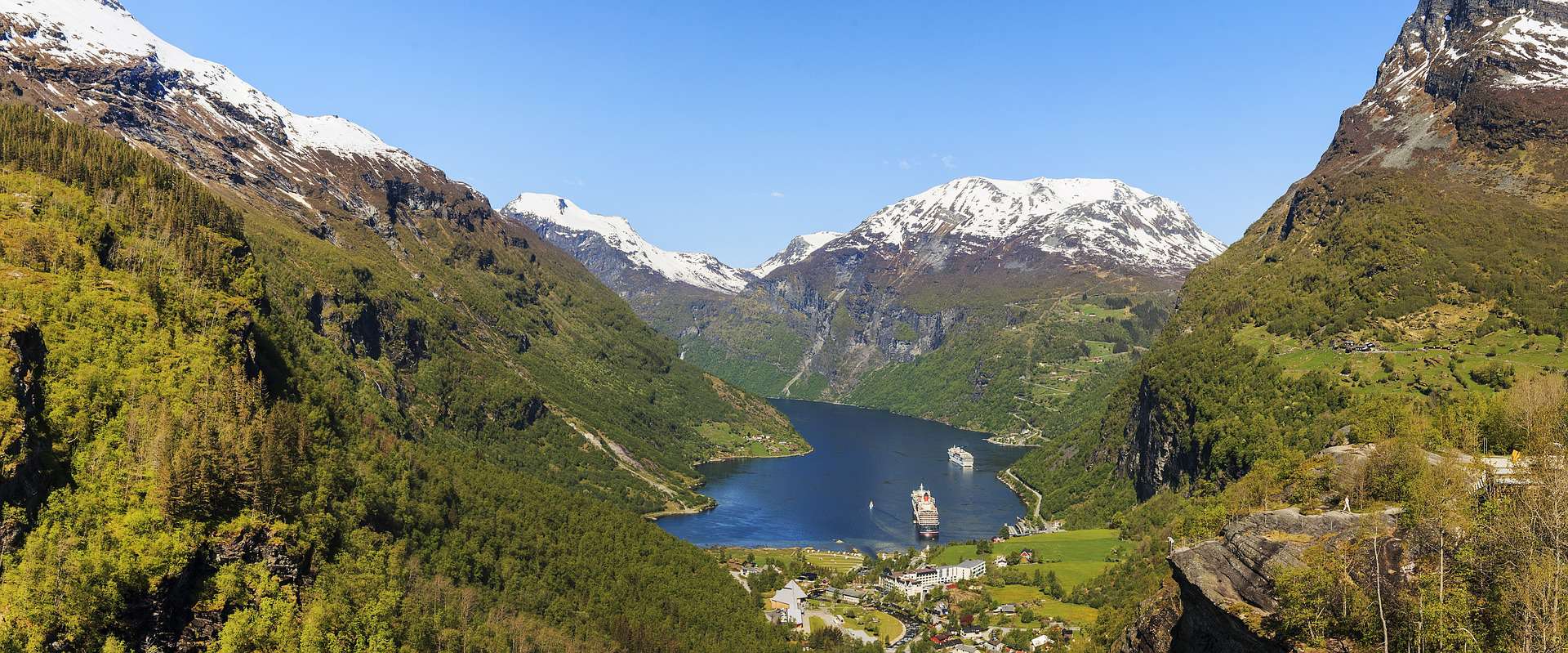
7 World Heritage Sites in Norway
7 World Heritage Sites in Norway to Visit
Explore the world heritage sites in Norway. The criteria for admittance to the UNESCO list of World Heritage sites are strict ; “Masterpieces created by human” is one such criterion. Another might be places that document the exchange between cultures or places that are testimonies of living or lost civilizations.
The year recorded on the UNESCO list is in brackets
West Norwegian Fjords – Geirangerfjord and Nærøyfjord (2005)
Waterfalls give the fjords movement, the deep blue waters and clean air soothes, and the snow-capped mountains provide the fjords perspective and drama. This is nature at its very best, both soft and tough at the same time.
The fjords of Norway is a sight to you will always remember
The Naroyfjorden World Heritage Site in Norway
Roros Mining Town and the Circumference (1980)
The wooden buildings in and around the Roros (Røros) city center is on the World Heritage List. “Bergstaden” has preserved much of its original state with streets laid out in the early 17th century and wooden houses from the 18th and 19th century
Take a trip out to the Olav’s-mine, a fifteen-minute drive from the city. Out here on the bare mountain, you see a profusion of traces from 300 years of mining, among others a restored cable car. The Roros museum visit the mines all around the surrounding area, with guided tours several times a day in the summer.
Urnes Stave Church (1979)
Outside of the town, Urnes is a magnificent and well preserved Stave Church from the middle Ages
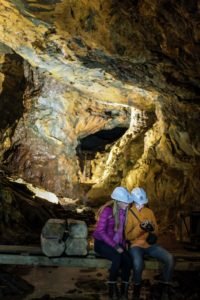
Rjukan–Notodden Industrial Heritage Site (2015)
The newest addition to the the world heritage sites in Norway is Notodden Industrual Site. Norway’s industrial cradle is a part of the World Heritage List. These places represents the transformation from a poor country to one of the richest. They were scattered farming villages that became a big industry society. The sites represent a unique history of hydroelectric power, which was converted into liquid iron and fertilizers
The facilities at Rjukan and Notodden is an important part of Norway’s recent heritage
Traena Nordland
Vegaøyan – The Vega Archipelago (2004)
Vega Helgeland coast is an archipelago with lots of shallow waters. Best known for eiders (read about eiders) and the tradition of producing eiderdown. Eider Museum is a pleasant little place to acquire knowledge. Food in gourmet class and pleasant surroundings you find at Vega Coastal Hotel.
Outside Bronnoysund (Brønnøysund) is a mountain with amazing holes in it, Torghatten, which is worth a visit.
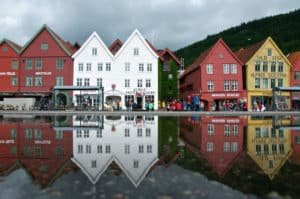
Bryggen (1979)
The 61 preserved wooden buildings is a beautiful sight at Vågen in Bergen. We already know Bryggen from the 1100s and from 1350 to 1764; it housed hanseatic merchants in the wooden buildings. In 1702 Bryggen burned down, but the wooden buildings were built up again. In addition, in 1955 parts of Bryggen burned and the fire plot is Bryggens Museum today. From there, daily guided walks starts in the summer.
Rock-art-in-Lofoten
Rock Art of Alta (1985)
In Alta are Northern Europe’s largest concentration of rock art created by hunters and anglers. It is a UNESCO World Heritage Site. At Alta Museum in Hjemmeluft, you find over 3,000 petroglyph and over 85 panels exhibited, all of which are between 7000 and 2000 years old. Exhibition on the Army and on the Alta-river campaign in WW2. The Petroglyph-pilgrimage is adapted for disabled with a special rolling ramp around the petroglyph area. In July, it tours with guides.
Hiking Romsdalseggen
Struve Geodetic Arc (2005)
Friedrich Georg Wilhelm Struve measured the distance from the Black Sea to Hammerfest – Struve Geodetic Arc – to find out how flattened the earth is near the poles. His work lasted from 1845-1855, with the help from assosiates. Data from Struve Geodetic Arc, together with data from other meridian arcs formed the basis for mapping and surveying in most countries in Western Europe until satellite technology took over in 1970.



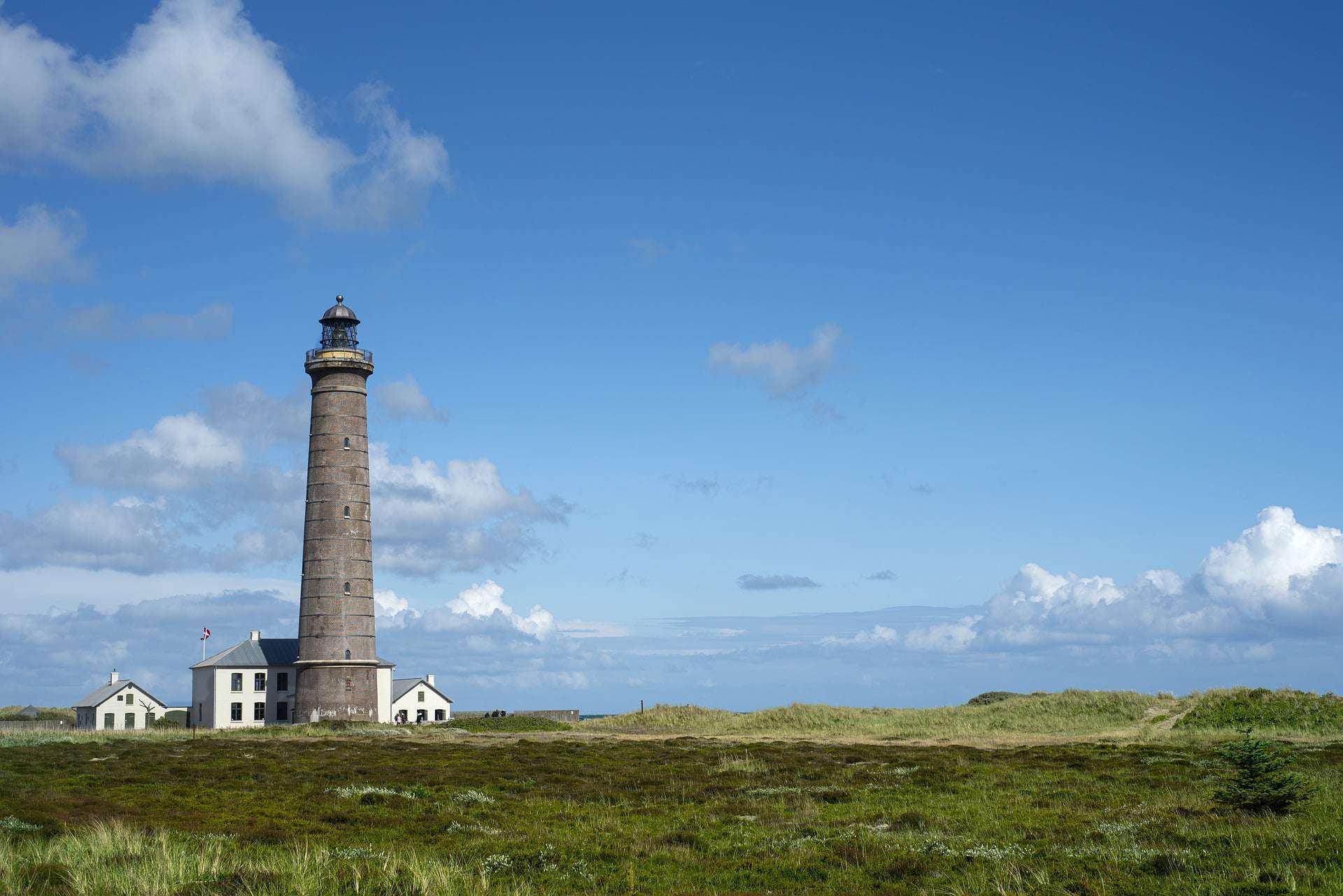
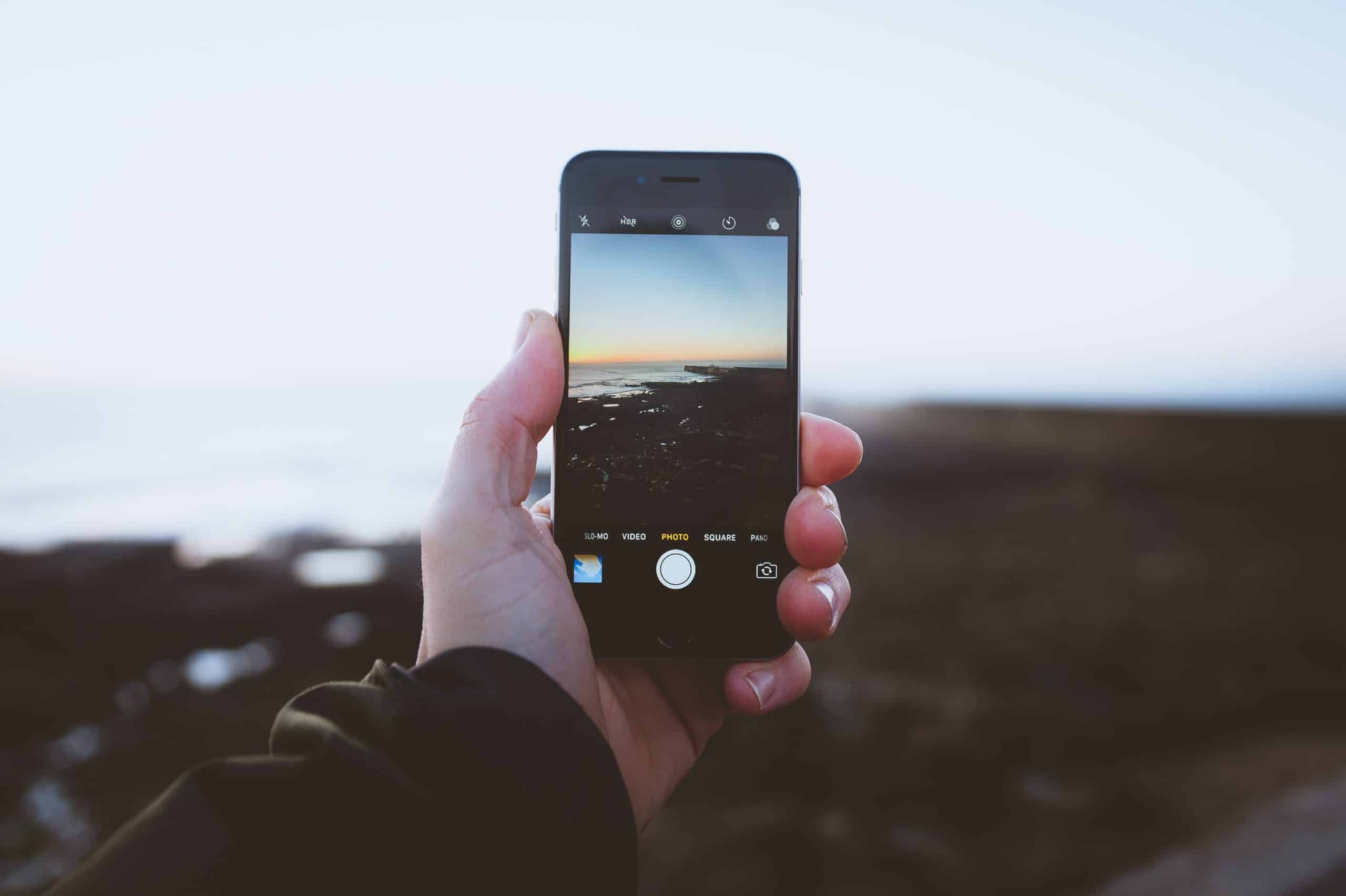

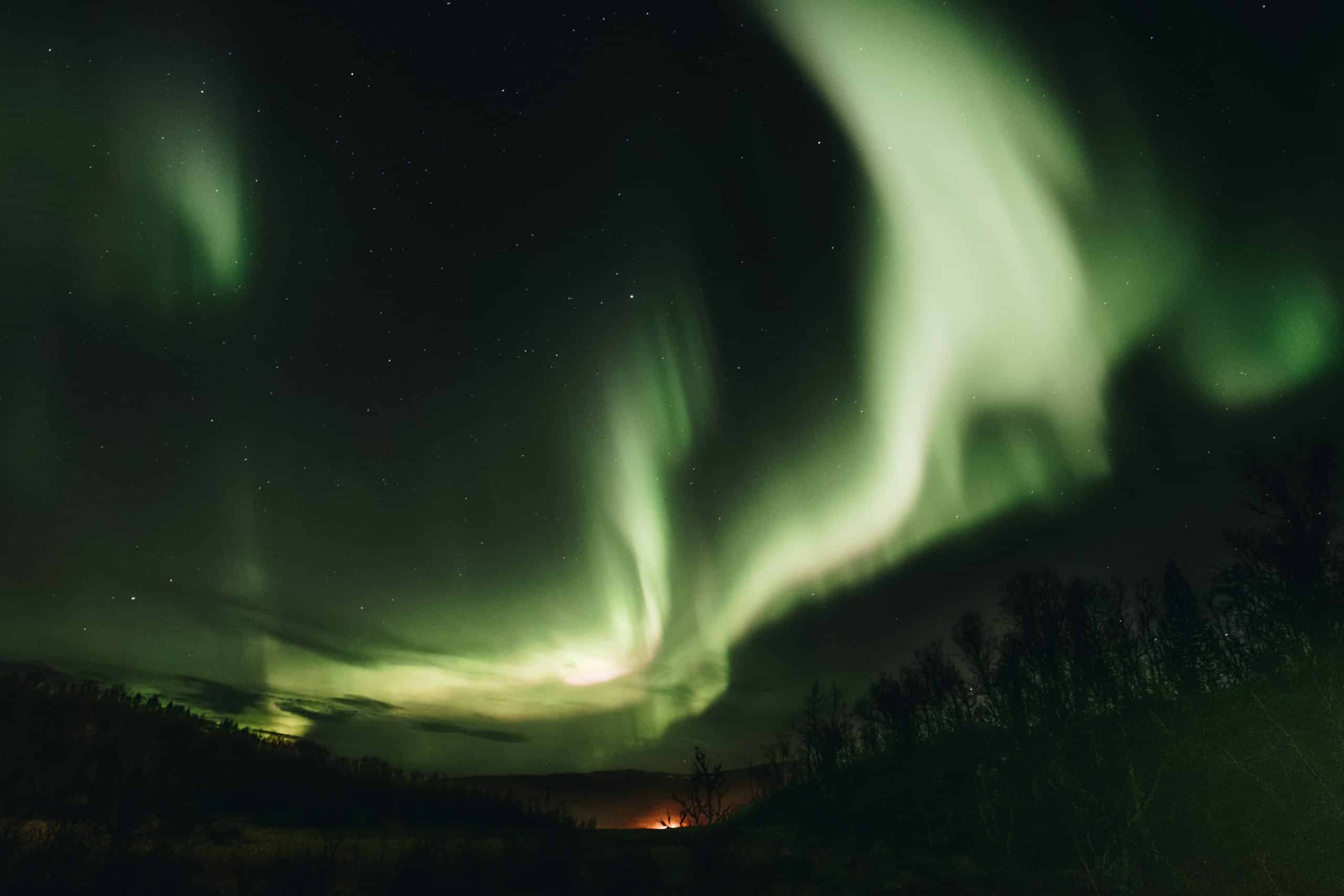
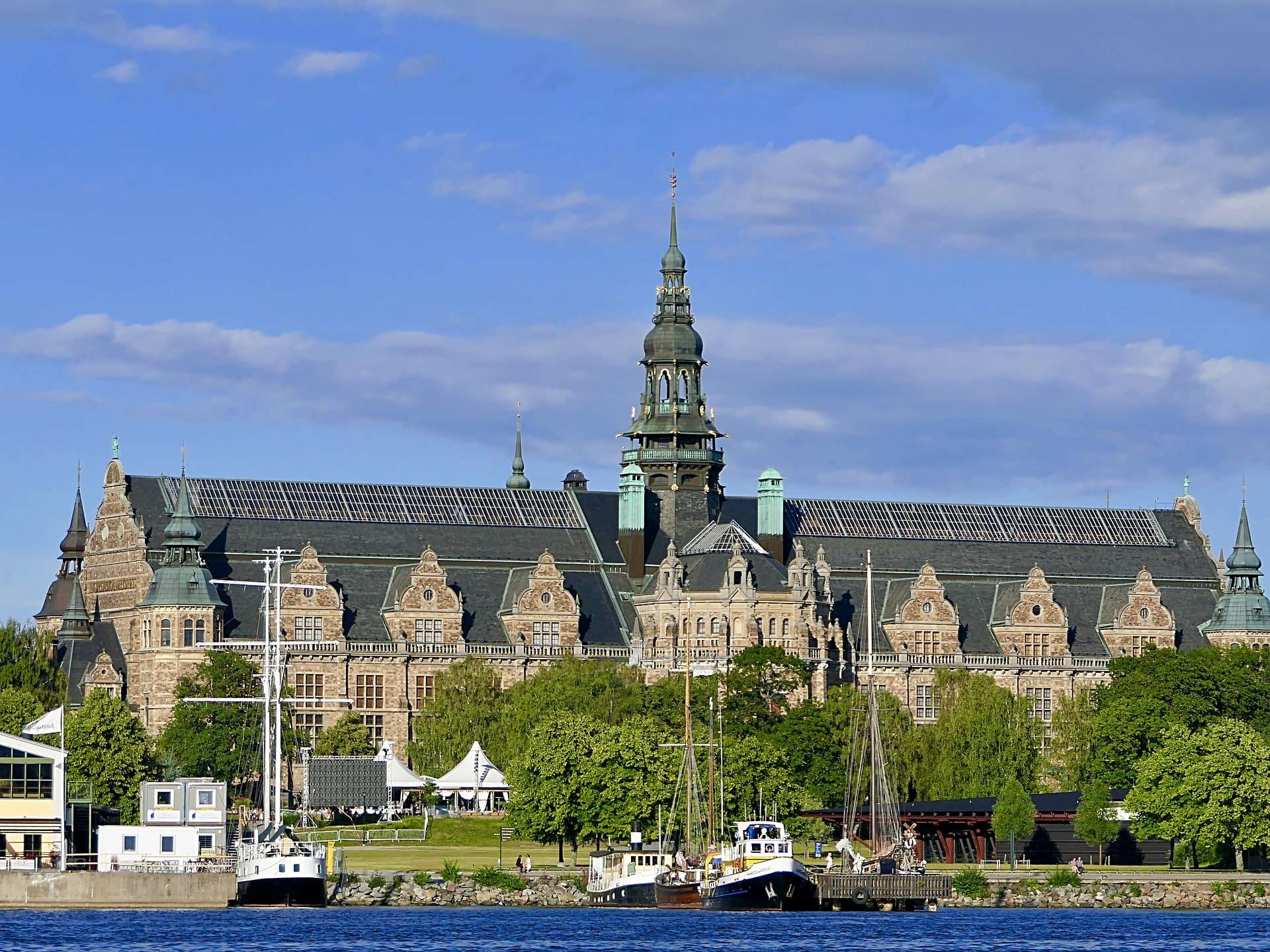

Leave a Reply